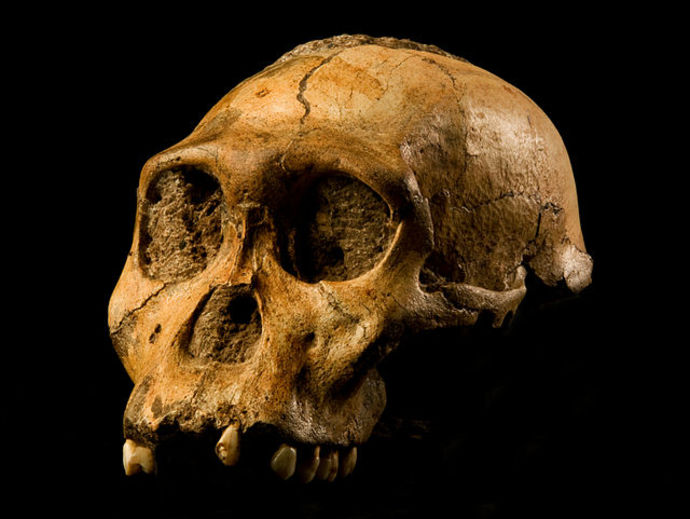An archeological research team found a 6,000-year-old skull and femur bones in a cave in a mountainous part of Taiwan that might prove the existence of an ancient Indigenous tribe told of in local legends.
The research paper, published in the journal World Archaeology, was conducted by a team of researchers with members from Australia, Japan, Taiwan and Vietnam. The researchers found the skull and leg bones in a cave that have been dated back to approximately 6,000 years ago—a time before the ancestors of people currently inhabiting Taiwan had arrived.
In Taiwan, there have been stories passed down through the generations about an ancient tribe of short, dark-skinned people that once lived in mountainous parts of the island. But until now, there has been no physical evidence to confirm the tales.
"The cranial morphometric study of human skeletal remains unearthed from the Xiaoma Caves in eastern Taiwan, for the first time, validates the prior existence of small-stature hunter-gatherers 6000 years ago in the preceramic phase," the research team said.
"The cranial morphometric study of human skeletal remains unearthed from the Xiaoma Caves in eastern Taiwan, for the first time, validates the prior existence of small-stature hunter-gatherers 6000 years ago in the preceramic phase,"
Research team
This study solves the several-hundred-year-old mysteries of ‘little dark people’ legends in Formosan Austronesian tribes and brings insights into the broader prehistory of Southeast Asia.
The legends of Taiwan
These legends have been possibly referring to a group who had descended from an even older population, pre-dating the Austronesian context, who somehow continued to dwell in isolated and mountainous areas until one or two centuries ago.
The researchers also note that the mention of small, dark-skinned people was made in documents from the Qin Dynasty, and all but one of the 16 Austronesian groups living in Taiwan today have stories that describe small, dark-skinned people who once lived in the mountains.
Such tales differ between groups, however, with some believing that the earlier people were ancestors of theirs. Others see them as former enemies. One group claims to have killed off the last of the ancient people 1,000 years ago.
In studying DNA from the skull, the researchers found it genetically related to African samples from around the same time period. But they also found that its size and shape resemble that of a people who lived in parts of what is now South Africa and in the Philippines.
The study of bones left behind in those areas showed them to be quite short with small body size, similarly to the remains of the woman found in Taiwan, which was 1.3 meters tall.
The researchers suggest their findings confirm the existence of the ancient people in Taiwan but they do not explain what might have happened to them. They were apparently gone by the time other early Austronesian groups of people began arriving.
"The observations of the Xiaoma burial remains, together with 258 traditional Austronesian legends, indicate that ‘little dark people' at one time had lived in Taiwan, resembling the Negrito groups in Southeast Asia," the research paper explained. "The new findings bring attention to the period of co-existing overlap of the older hunter-gatherer communities with the new immigrant Austronesian-speaking farmers in Taiwan."

